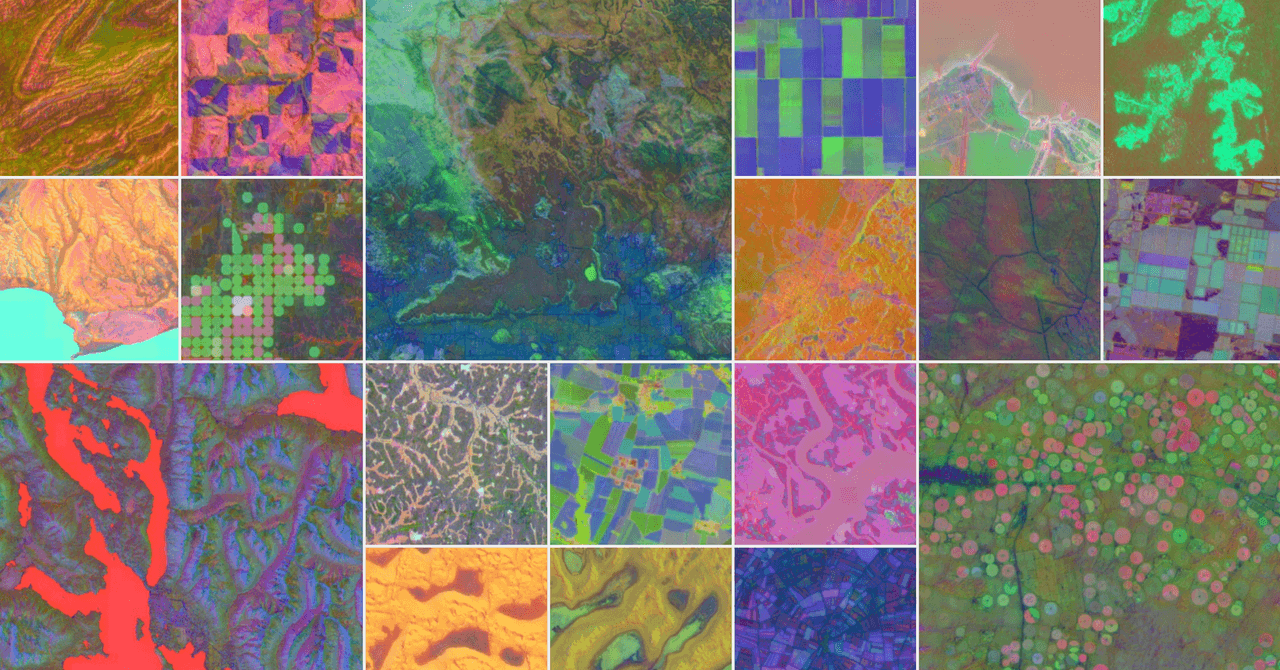Google’s Newest AI Model Acts like a Satellite to Track Climate Change Leave a comment
Google’s latest AI model goes to scour the Earth and, ideally, assist it out. That is the plan, anyway. The mission is to seek out out as soon as and for all, in tremendous element, what we’re doing to our planet. Crucially, as soon as the mannequin has supposedly completed this it’ll additionally, apparently, clarify the place we would have the ability to greatest put issues in place to assist our world.
AlphaEarth Foundations, an offshoot of Google’s DeepMind AI mannequin, goals to leverage machine studying and all of the gobs and gobs of information that Google has absorbed about our planet over the past twenty years, to be able to perceive how particular areas are altering over time.
The mannequin makes use of a system referred to as “embeddings” that takes terabytes of information collected from satellites day by day, analyzes it, and compresses it down to save lots of cupboard space. The result’s a mannequin of various filters overlaid over maps which can be shade coded to point materials properties, vegetation sorts, groundwater sources, and human constructions reminiscent of buildings and farms. Google says the system will act as a type of “digital satellite tv for pc,” letting customers name up on demand detailed details about any given spot on the planet.
The aim, Google says, is for customers of the service to have the ability to higher perceive how particular ecosystems on the planet work, together with how air high quality, daylight, groundwater, and even human building initiatives fluctuate and alter throughout a panorama. In the end, the corporate desires the mannequin to assist reply questions from paying governments and firms that want to know, for instance, which ecosystems could have extra entry to daylight or groundwater that may assist decide the very best spots to develop a sure crop. Alternatively, it could help in figuring out areas to plop down photo voltaic panels with most payoff, or construct constructions in additional local weather resilient areas.
Google’s new mannequin has already mapped a fancy floor in Antarctica—an space notoriously tough to seize attributable to irregular satellite tv for pc imaging—in clear element. It has additionally supposedly outlined variations in Canadian agricultural land use which can be invisible to the bare eye.

